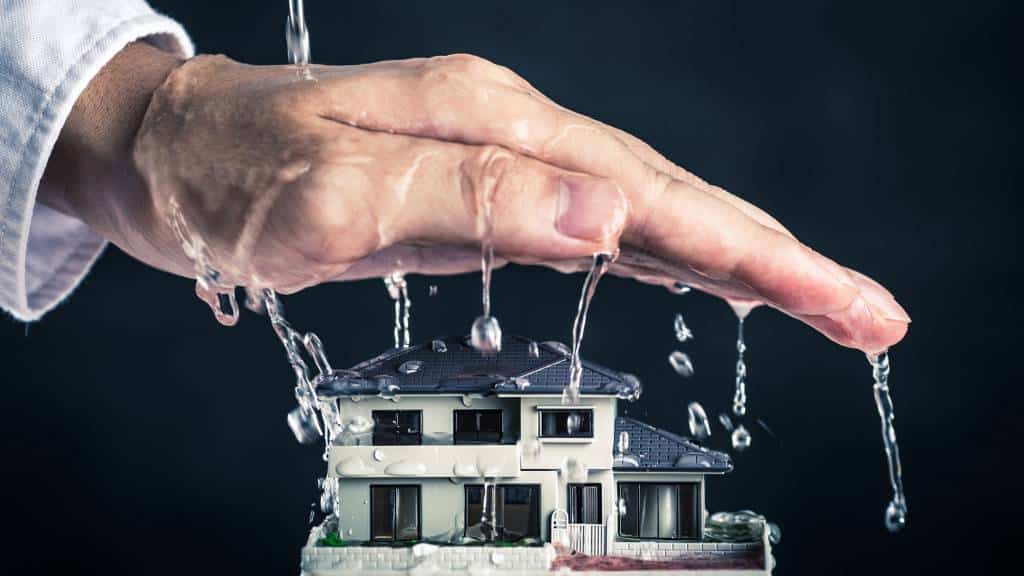Your Residential Most Typical Leak Triggers: Examination
Your Residential Most Typical Leak Triggers: Examination
Blog Article
Each person may have their own individual opinion on the subject of How to Find Water Leaks.

Leaks not just trigger waste of water however can additionally cause unnecessary damage to your home as well as promote unwanted organic development. However, water leakages could go undetected given that a lot of the pipework in our residence is concealed. By understanding as well as looking for daily scenarios that create leaks, you can secure your home from future leaks as well as unnecessary damage. Today, we will certainly consider 6 leakage triggers that may be causing your pipes to drip.
Instant temperature changes.
Severe temperature level changes in our pipelines can trigger them to increase and contract unexpectedly. This growth and also tightening might create splits in the pipelines, particularly if the temperature are below freezing. If you kept an eye on exactly how your plumbing functions, it would certainly be best. The presence of the previously discussed conditions frequently indicates a high threat.
Corroded water systems
As time goes by, your plumbing system ages and rust such as corrosion might begin eating away the pipelines. This could be the root cause of staining or warping on your water pipes. This asks for an assessment with your plumber right away. If our plumbing system is old, consider changing the pipes considering that they go to a higher threat of deterioration than the more recent designs.
Defective Pipeline Joints
The point at which your pipes connect is regularly the weakest link in the waterline. Pipe joints can deteriorate over time, resulting in water leaks. The bulk of pipe joints are not easily visible. If you have loud pipelines that make ticking or banging sounds, especially when the hot water is turned on, your pipe joints are most likely under a lot of stress. It is suggested to have your plumber inspect your system once a year.
Elbowing in roots
The majority of water leaks start outside the residence instead than inside it. You might discover damp spots or sinkholes in your backyard, and that may indicate that tree origins are attacking water lines creating water to seep out.
Poor Water Connectors
At times, a leak can be created by loose tubes as well as pipelines that supply your devices. In instance of a water connections leakage, you may observe water running directly from the supply line or puddles around your devices.
Clogged Drains
Blocked drains may be bothersome and inconveniencing, however they can sometimes end up triggering an overflow leading to burst pipes. Keep getting rid of any kind of products that may go down your drains that can clog them to stay clear of such inconveniences.
All the above are root causes of leaks but not all water leaks result from plumbing leaks; some leaks could come from roof covering leaks. All leakages should be repaired instantly to avoid water damage.
Leakages not only create waste of water yet can also trigger unneeded damage to your residence and promote unwanted organic growth. By looking and also recognizing for daily circumstances that trigger leakages, you can protect your home from future leaks and unnecessary damages. Today, we will look at six leakage triggers that may be causing your pipes to drip.
At times, a leak can be caused by loosened pipes as well as pipes that supply your appliances. In instance of a water links leak, you might notice water running straight from the supply line or pools around your home appliances.
How To Check For Water Leak In Your Home
How To Check for Leaks
The average household's leaks can account for nearly 10,000 gallons of water wasted every year and ten percent of homes have leaks that waste 90 gallons or more per day. Common types of leaks found in the home are worn toilet flappers, dripping faucets, and other leaking valves. These types of leaks are often easy to fix, requiring only a few tools and hardware that can pay for themselves in water savings. Fixing easily corrected household water leaks can save homeowners about 10 percent on their water bills.
To check for leaks in your home, you first need to determine whether you're wasting water and then identify the source of the leak. Here are some tips for finding leaks:
Take a look at your water usage during a colder month, such as January or February. If a family of four exceeds 12,000 gallons per month, there are serious leaks.
Check your water meter before and after a two-hour period when no water is being used. If the meter changes at all, you probably have a leak.
Identify toilet leaks by placing a drop of food coloring in the toilet tank. If any color shows up in the bowl after 10 minutes, you have a leak. (Be sure to flush immediately after the experiment to avoid staining the tank.)
Examine faucet gaskets and pipe fittings for any water on the outside of the pipe to check for surface leaks.
Undetected water leaks can happen without the home or business owner even realizing. If you suspect a water leak, but not able to find the source. It is time to contact a professional water leak detection service, The Leak Doctor.
How To Find a Water Leak In Your Home
https://www.leakdoctor.com/blog/How-To-Check-For-Water-Leak-In-Your-Home_AE197.html

I am very interested in Top Causes of Home Water Leaks and I am assuming you appreciated the article. So long as you appreciated our blog posting plz don't forget to share it. We take joy in reading our article about Most Common Causes of Leaky Pipes.
Emergency? We're ready. Report this page